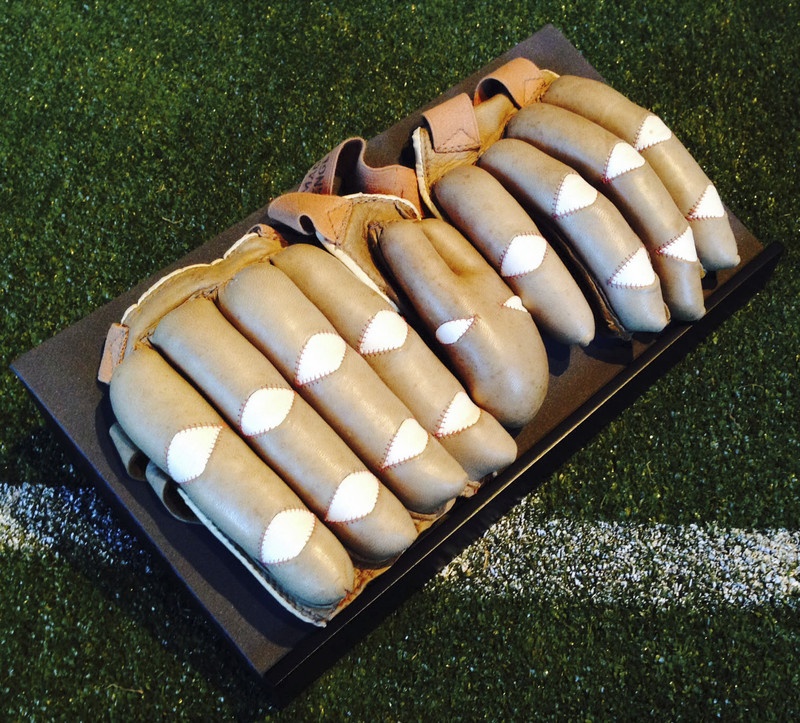
Since 1910, the number of New Zealand women becoming interested and involved in cricket has steadily increased. This growing involvement created an environment in which different regions all across New Zealand came together to form what is now known as the Cricketing Council for Women (NZWCC). After their formation in 1934, the NZWCC immediately organised a test match between New Zealand and England.
Pearl Savin had just turned 21 years old when she was handpicked to face the English side as part of the Auckland Cricket team. Savin had shown sporting prowess in her school days where she had been heavily involved in swimming, hockey, tennis, and cricket.
Savin played wicket-keeper for Auckland against the visiting team in their opening tour match at Eden Park in January 1935. Having played exceptionally well, she received a pair of batting gloves for being the most valuable player on the home team. The New Zealand Cricket Museum, based in Wellington, have shared Savin’s gloves as part of their contribution to the Girls of Significance exhibition.
From her top performance at this match, Savin was selected to represent the New Zealand team a month later at Christchurch for the country’s first official test match against the English side. The team had a thrashing from the English side and Savin received “a mass of bruises”. During this test, Ruth Symons, who acted as the team’s captain, sustained an in-game injury to the head, and Savin was pushed into the role of ‘impromptu’ vice-captain. The team had only formed very recently and Savin admitted to finding the role difficult since she only knew a handful of players who had come from the Auckland team.
In front of a home crowd of three thousand viewers, Savin and the White Ferns lost the bout, but succeeded in boosting Women’s Cricket in our small country. Savin went on to teach overseas and then specialise as a physiotherapist. Thank you to the Cricket Museum for sharing these treasures with us.
